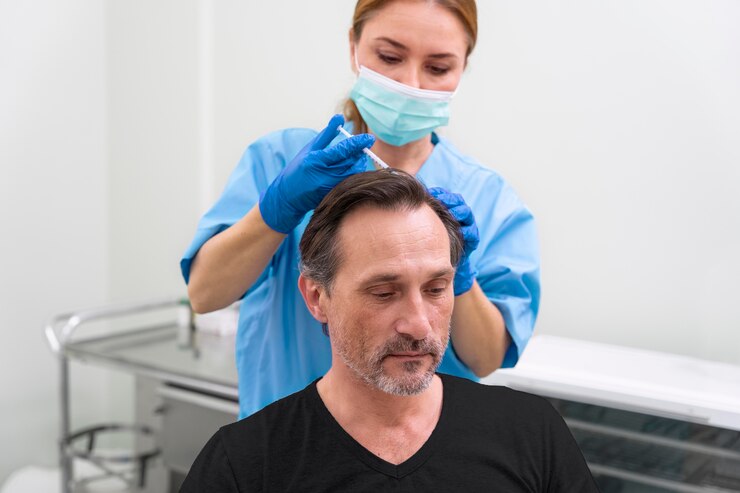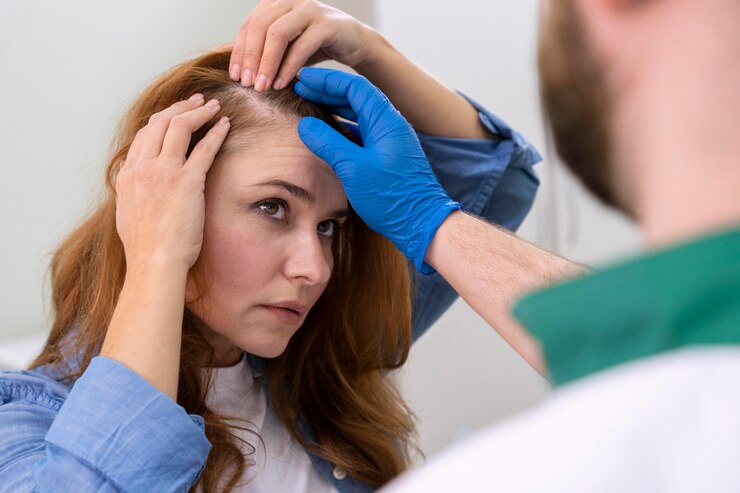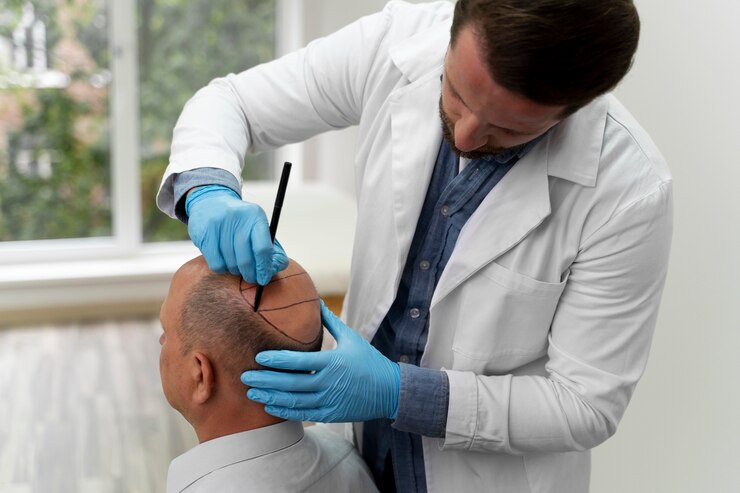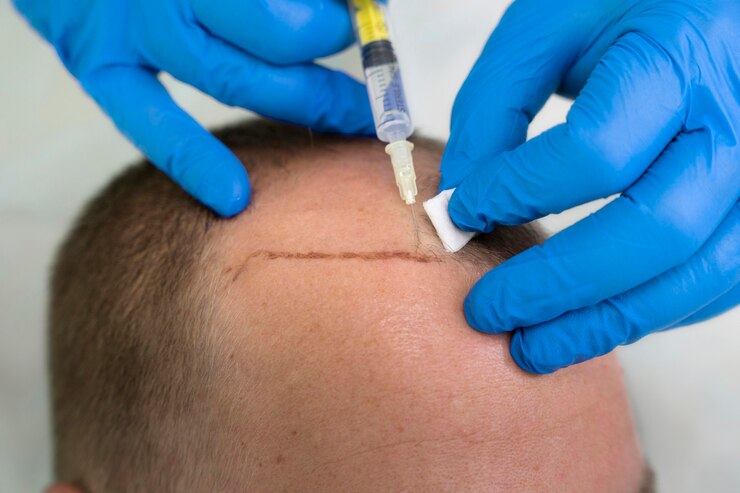


Women generally experience patterns of hair loss differing from men, often not requiring hair transplantation. In cases where other treatments are ineffective, hair transplantation remains a viable option for women, potentially reversing hair loss in 80-90% of cases.
Direct Hair Implantation (DHI)
DHI, a refinement of the FUE method, utilizes punches no larger than 1 mm to extract follicles, minimizing skin trauma and enhancing control over the implantation process. This technique ensures aesthetically pleasing results with a high success rate and minimal recovery time, allowing patients to resume their daily activities swiftly.

In the recent years, a surge has been seen in cases of early-onset hair loss, a condition often characterized by the thinning and recession of the anterior hairline. The primary causes vary, with genetics playing a significant role in male pattern baldness, while hormonal imbalances and certain medical conditions frequently contribute to hair loss in women. Medically termed "Alopecia," hair loss can stem from numerous factors.
It is normal to lose between 50 to 100 hair strands daily as part of the physiological hair cycle. Concern arises when daily loss exceeds 100 strands, or if new hair appears weak and thin. Hair naturally cycles through growth and rest phases, with about 90% of scalp hair growing at any time, a stage that can last between one to six years. Seasonal changes can also significantly influence this natural shedding process.

The FUE method involves extracting hair follicles in single, double, or triple units using a micromotor equipped with specialized bits ranging from 0.8 to 1.1 mm in diameter. This technique does not require sutures and leaves no scarring. Follicles are harvested from the denser areas of the scalp and transplanted to the thinning areas, all under local anesthesia. The FUE method also enables the transplantation of body hair, which adapts to the characteristics of scalp hair and maintains a consistent appearance.
Advancements in the FUE method have significantly reduced procedure time. While older techniques required multiple sessions, modern micromotors allow for the collection of thousands of grafts within 4 to 5 hours. This efficiency rivals that of the Follicular Unit Transplantation (FUT) method, which is known for its high graft yield.

A consultation with a specialist is essential to diagnose the specific type of hair loss and determine the most effective treatment. Our center offers personalized treatment plans based on thorough examinations by our experienced physicians.
Eligibility and Age Considerations for Hair Transplant
Ethically, hair transplants are deemed suitable for individuals aged 22 and above. The procedure is feasible and effective well into later stages of life, offering options for those up to 90 years old.
